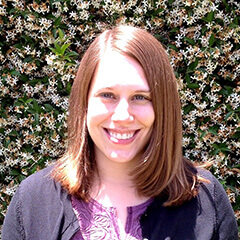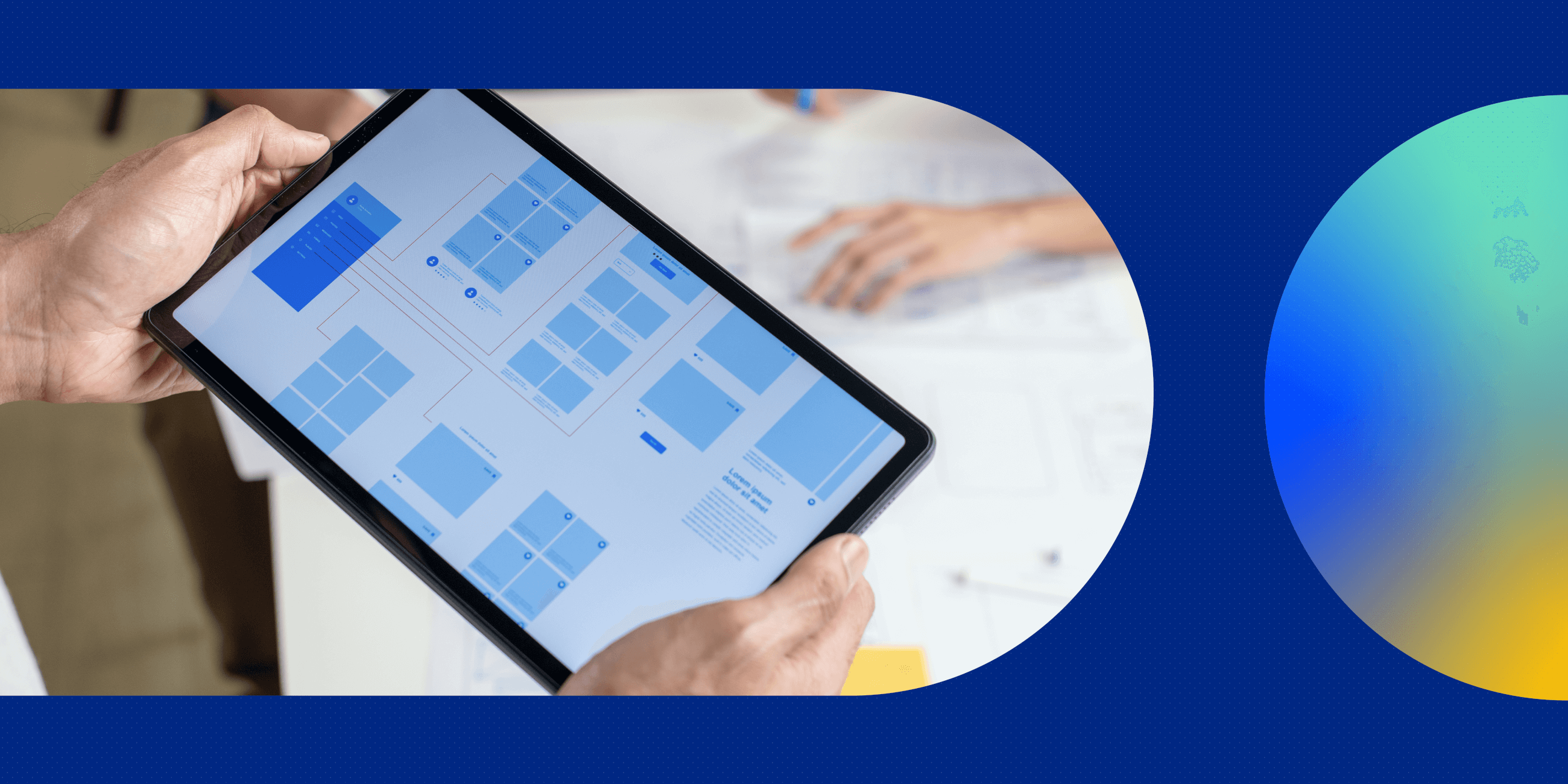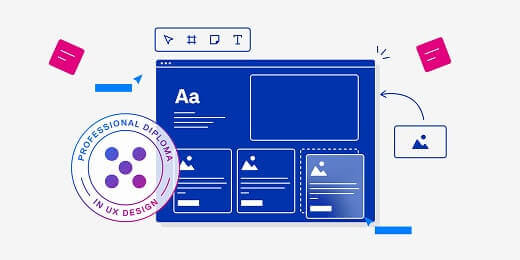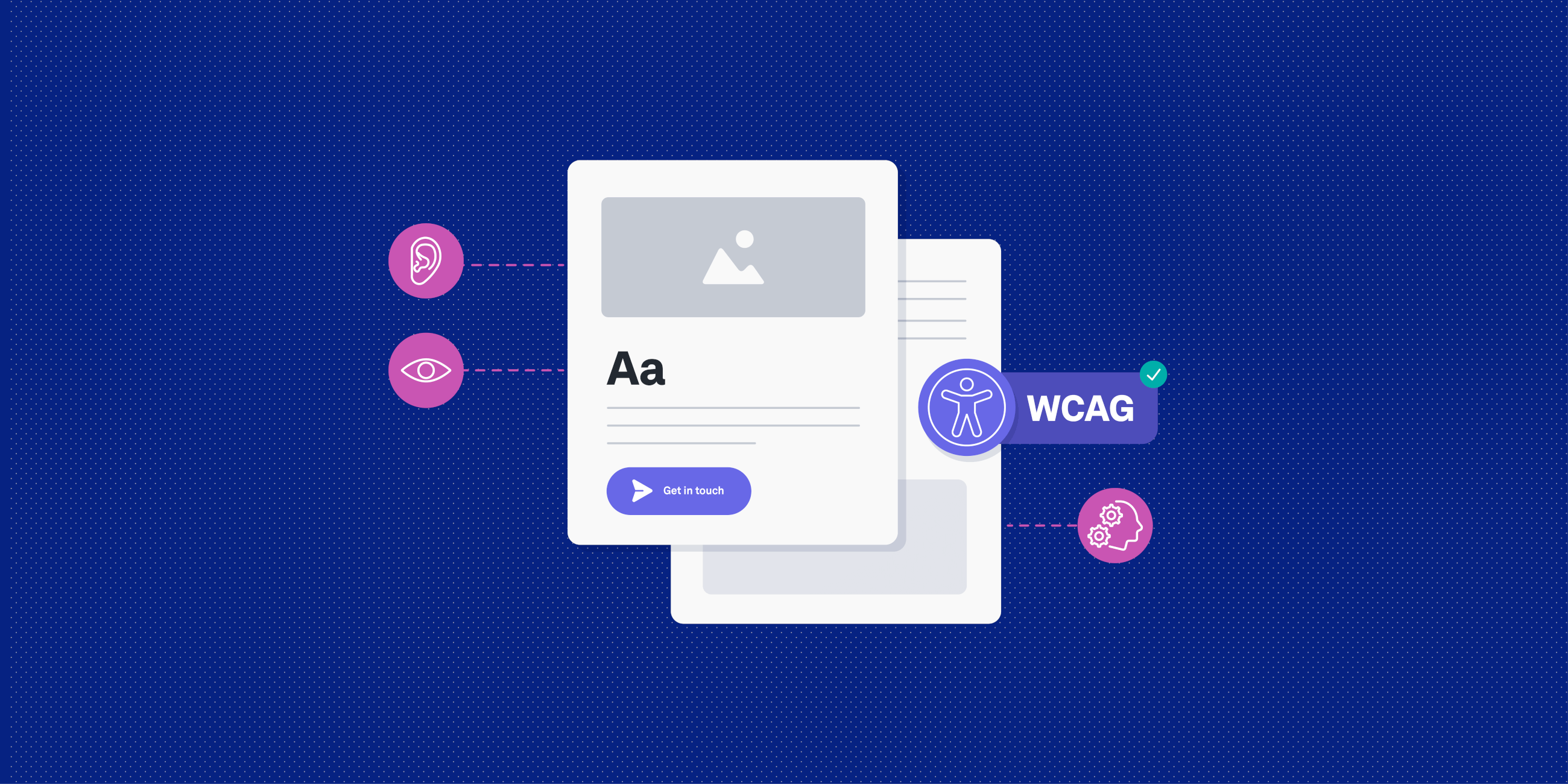When people buy a product, their top concern is whether it will meet their needs. But long before that product reached their hands, a team of designers had already researched, refined, and innovated to bring it to life. These product designers are responsible for making sure products are as effective and valuable as possible — a goal they achieve through the product design process.
Here we offer a breakdown of the product design process. This is what we’ll cover:
Let’s get started!
What is product design?
Product design is concerned with the conception and creation of great products. Product designers are involved in all phases of the product’s life cycle, from research to completion. They are concerned with taking on a gap in the market, fulfilling business objectives, and solving user problems.
They may be involved with designing physical products, such as mops, toys, or furniture, or digital products, such as video games, apps, or websites. But either way, product designers are concerned with the research, design, and development of the product.
While there are many similarities between product design and UX design, they aren’t the same thing. At least not in official terms, though the real world can make the differences between these disciplines more murky.
UX design is focused on solving user problems. They find solutions that will be functional and delightful to users. Product design, on the other hand, incorporates the objectives of filling a gap in the market and serving business goals, along with solving usability problems, into its purview. Meanwhile, UI design is about the look and feel of a digital product.
So, UX and UI design are not the same thing as product design. Product design takes on wider considerations than UX and UI design. These include concerns like usability, but also things like business objectives and market position. You can learn more about product design by reviewing the article, “What is product design?”
What is the product design process and why is it important?
The product design process is the method product designers use to create products. It guides you through the complete design cycle, from research to design to development, to get you to the best possible product.
The product design process varies from team to team, which includes product designers, UX designers, marketers, graphic designers, business analysts, and others. After all, designing a dishwasher is a very different task from designing an e-commerce website. However, they all achieve their goal by following the product design process.
The product design process gets everyone on the team on the same page, but doesn’t stifle creativity. Instead, it provides enough structure to align your team’s goals but not so much that you’ll get stuck at any particular stage in the process.
What’s the role of design thinking in the product design process?
Design thinking is an approach that focuses on human-centred problems. It revolves around cultivating understanding for the end user before considering things like business goals or technology.
Design thinking is also solution-based. This allows the designer to get hands-on with solutions fast and quickly turn ideas into testable products.
The product design process closely aligns with design thinking. They both begin with doing research to empathise with the user, then ideating, prototyping, and testing their solution.
By championing the design thinking process, product designers can be sure they’re prioritising their target user. You can learn more about design thinking in this article: “What is design thinking?”
What are the 7 steps in the product design process?
There is no one product design process that works equally well for all teams; however, it’s possible to define the general steps in the process. These steps are:
- Define the product vision
- Research
- Analysis
- Ideate
- Prototype
- Test
- Product launch and improvement
Step 1: Define the product vision
Before you can do anything else, you must understand what you’re designing and why. The product team and other stakeholders will decide what you want to accomplish, defining your vision clearly along with the goals that will get you to the finish line.
Questions to ask at this stage include:
Who is this product for?
Why are we building this product?
What problem will the product solve?
How long will it take to build the product?
Whatever the product is, your team must clearly define the product vision so everyone is striving for a common goal.
Step 2: Research
In the research stage, you are performing both user research and market research. User research will help you gain a better understanding of your target users’ wants and needs when it comes to your product. You can do this through research methods like user interviews, surveys, and field studies.
Meanwhile, market research will give you a thorough understanding of the competing products that exist and the opportunities for differentiating your product in the market. You can do this through a comprehensive analysis of competitors’ products. Aim for at least three competitors and list data about them in a spreadsheet, so you have everything in one place.
By the end of this stage, you should have all you need to comprehend the problem you want to solve.
Step 3: Analysis
After you’re done researching, your team must draw insights from the data you collected. You can do this in one of two ways.
One is by creating user personas. User personas are fictional but based on a generalised understanding of different user types. They can help the product team understand users’ goals in different circumstances.
The second is creating empathy maps. Empathy maps are a tool for articulating the “why” behind the user’s desires. The team will place the information they know into a four-quadrant chart that answers the questions:
- What do your users say about your product?
- What do your users think about your product?
- What do your users feel about your product?
- What do your users do when using yours or a comparable product?
The answers to these questions should be grounded in your research and should give you a valuable understanding of the way users understand your product.
Step 4: Ideate
While the first three steps of the product design process were all about gathering information and putting it into a comprehensible format, the next steps are about coming up with solutions, starting with ideation.
During the ideate step, your team will come up with an array of solutions through brainstorming. You can do this through sketching, storyboarding, or user journey mapping. All are ways to visualise some part of the user’s interaction with the product. For example, a user journey map represents one possible path of a user through a specific scenario with the product.
You can use more than one technique to ideate on a product. The ultimate goal is to arrive at a list of ideas you can use in the prototype step.
Step 5: Prototype
In the prototype step, you design how your product will function. Start with low-fidelity prototypes, or wireframes, and information architecture. This is the start of bringing the product to life, and should be enough to get an idea of what’s working and what needs to be redesigned.
Once you’ve refined your ideas, you can design high-fidelity prototypes, which include interactivity and visual details. These should give a fairly accurate idea of the way the final product will work.
Prototyping may be carried out by the UX designer or the product designer — or both — depending on the team’s size and setup.
Step 6: Test
Once high-fidelity prototypes are available, it’s time to test. This is your opportunity to see how users respond to your ideas, and through their feedback, how you can improve them.
You can perform usability tests in different ways, including lab testing, which involves testing target users in a contained environment, or guerrilla testing, which involves testing your product with randomly chosen users. Either way, the goal of your tests should be to find out how the product functions with your users.
Based on what you discover, you can continue to improve on your design until it’s ready to be launched into the marketplace. Learn more about how to incorporate user feedback into designs in this article: “How to incorporate user feedback in product design (and why it matters)”
Step 7: Product launch and improvement
Launching your product is just the beginning. After it goes live, product designers continue to monitor its performance, gather user feedback, and make ongoing improvements to ensure the best possible user experience.
Tips and best practices for an effective product design process
Here are tips and best practices to ensure an effective product design process:
The process should fit the project
The product design process is not meant to be followed rigidly. Instead, the process should fit the project. This includes the budget, deadlines, and customer needs that affect your individual project.
Customising the product design process to your project’s specific needs means you can use what works best for you and ignore the rest.
The process is not linear
While we’ve presented a linear product design process here, don’t assume that means the product design process is linear in real life. The steps may overlap, run parallel or out of order, or be repeated, if necessary. It all depends on where the process takes you, and that could mean going all the way back to the research step to discover something new or ideating a whole new solution.
The process never really ends
For digital products or physical products with new iterations, the product design process never really ends. Instead, teams must embrace the need for constant improvement. You will continually refine, redesign, and upgrade the product based on feedback from your users. This is an opportunity for product designers to keep their products as up-to-date as possible.
The process is about collaboration
The product design process cannot be done alone. It’s important to be able to collaborate with a wide variety of stakeholders, and, therefore, communicating with those stakeholders is as important as designing for them. Being able to effectively work with a team throughout the product design process will help you achieve the best possible results.
The takeaway
Product design is an exciting field that deals with how products are conceived and created. While it overlaps with UX and UI design in certain ways, product design is more holistic, including business objectives alongside user goals.
The product design process is not a uniform process, but we’ve provided an outline of the steps to get you started. It’s important to remember, though, that the process is not linear and it never really ends.
If you want to learn more about the product design process, check out the UX Design Institute’s Product Design Programme, which is credit-rated by Glasgow Caledonian University and has been reviewed and endorsed by leaders in the tech industry.
If you’d like more from the blog, check out these articles: What does a product designer do?, 3 tips for product designers: An interview with Emmet Connolly, VP of Product Design at Intercom, and A day in the life: Digital Product Designer at the LEGO Group.




